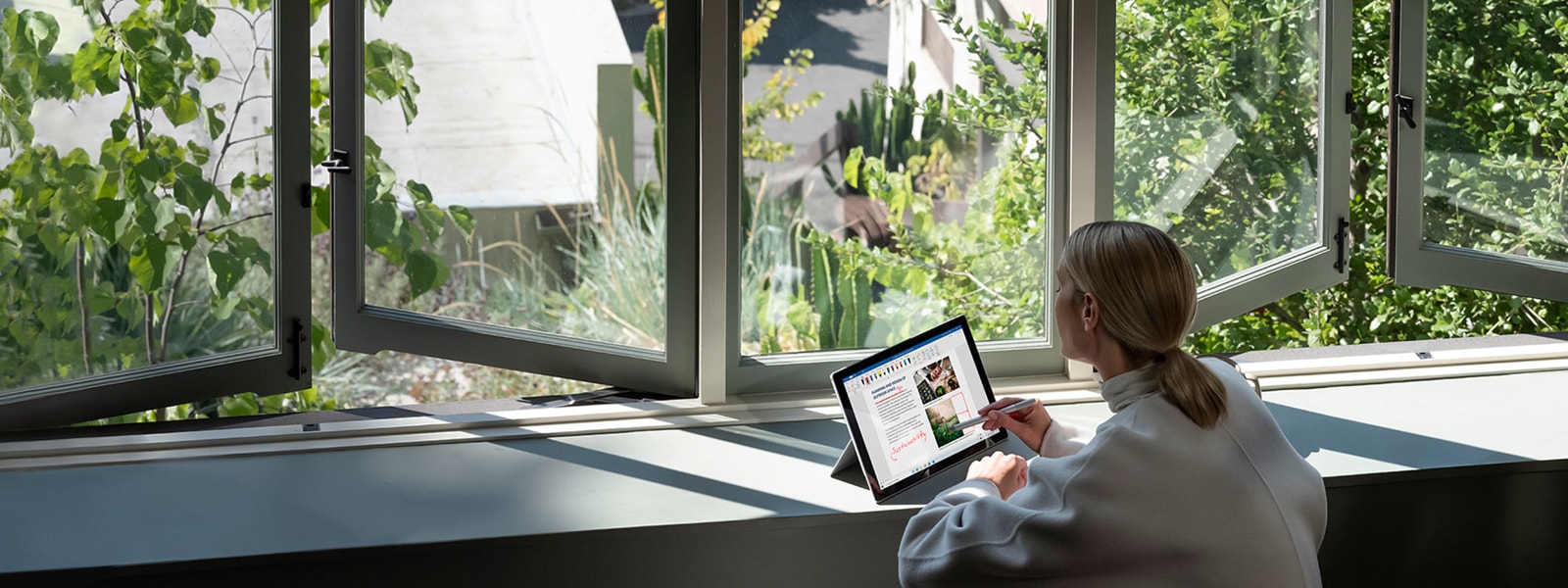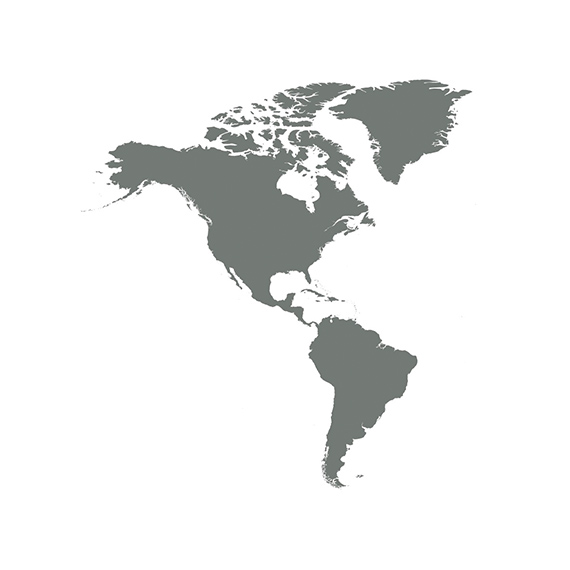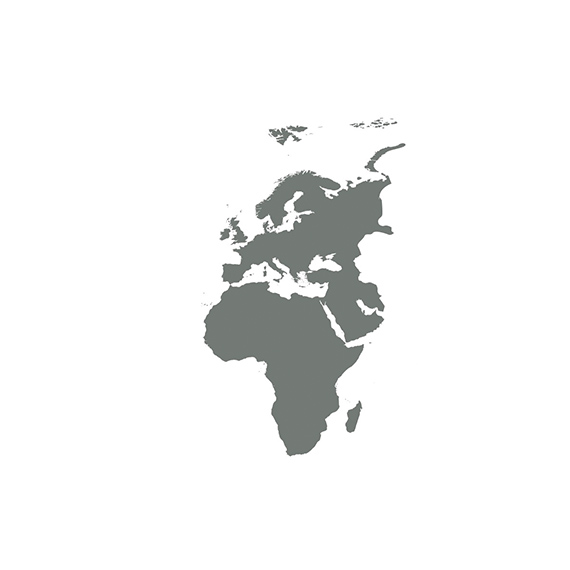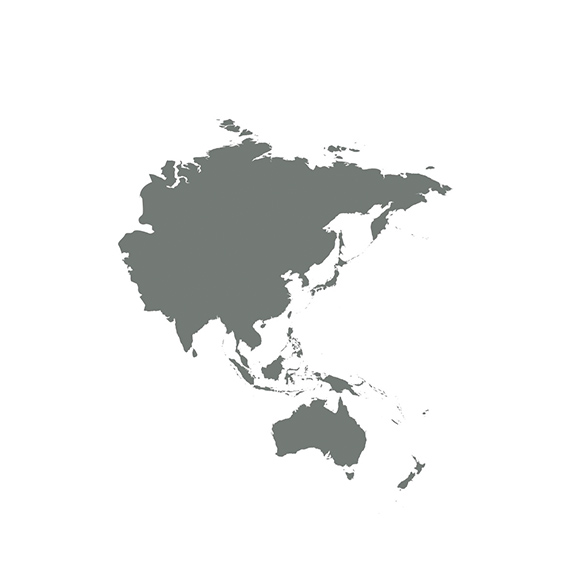
End-of-life management and recycling
Microsoft cares about the sustainable, safe, and responsible end-of-life management of our consumer branded devices, batteries, and packaging.
We join forces with recycling organizations and collection schemes, and work with our supply chain partners to facilitate the responsible return and end-of-life management of our devices, batteries, and packaging.
Ready for a new device? Learn about ways to your old device, batteries, and packaging, below. Please do not dispose of your old device and/or its batteries in your household garbage can or recycling bin.

-
-
Compliance Programs
-
-
-
-
Compliance Programs
Consumer Voluntary Recycling Programs
-
-
-
Compliance Programs
Consumer Voluntary Recycling Programs
-
-
-
Compliance Programs
Consumer Voluntary Recycling Programs
-
-
-
Compliance Programs
Consumer Voluntary Recycling Programs
-
-
-
Compliance Programs
Consumer Voluntary Recycling Programs
-
-
-
Compliance Programs
Consumer Voluntary Recycling Programs
-
-
-
Compliance Programs
Consumer Voluntary Recycling Programs
-
-
-
Consumer Voluntary Recycling Programs
-
-
-
Compliance Programs
Consumer Voluntary Recycling Programs
-
-
-
Compliance Programs
Consumer Voluntary Recycling Programs
-
-
-
Compliance Programs
Consumer Voluntary Recycling Programs
-
-
-
Compliance Programs
Consumer Voluntary Recycling Programs
-
-
-
Compliance Programs
Consumer Voluntary Recycling Programs
-
-
-
-
Compliance Programs
-
-
-
-
Consumer Voluntary Recycling Programs
-
-
-
Consumer Voluntary Recycling Programs
-
-
-
Consumer Voluntary Recycling Programs
-
-
-
Consumer Voluntary Recycling Programs
-
-
-
Compliance Programs
Consumer Voluntary Recycling Programs
-
-
-
Consumer Voluntary Recycling Programs
-
-
-
Compliance Programs
Consumer Voluntary Recycling Programs
-
-
-
Consumer Voluntary Recycling Programs
-
-
-
Compliance Programs
Consumer Voluntary Recycling Programs
-
-
-
Consumer Voluntary Recycling Programs
-
-
-
Consumer Voluntary Recycling Programs
-
-
-
Compliance Programs
Consumer Voluntary Recycling Programs
-
-
-
Consumer Voluntary Recycling Programs
-
-
-
Compliance Programs
Consumer Voluntary Recycling Programs
-
-
-
Compliance Programs
Consumer Voluntary Recycling Programs
-
-
-
Consumer Voluntary Recycling Programs
-
-
-
Consumer Voluntary Recycling Programs
-
-
-
Consumer Voluntary Recycling Programs
-
-
-
Consumer Voluntary Recycling Programs
-
-
-
Compliance Programs
Consumer Voluntary Recycling Programs
-
-
-
Compliance Programs
Consumer Voluntary Recycling Programs
-
-
-
Consumer Voluntary Recycling Programs
-
-
-
Compliance Programs
Consumer Voluntary Recycling Programs
-
-
-
Compliance Programs
Consumer Voluntary Recycling Programs
-
-
-
Consumer Voluntary Recycling Programs
-
-
-
Compliance Programs
Consumer Voluntary Recycling Programs
-
-
-
Consumer Voluntary Recycling Programs
-
-
-
Consumer Voluntary Recycling Programs
-
-
-
Consumer Voluntary Recycling Programs
-
-
-
Consumer Voluntary Recycling Programs
-
-
-
Compliance Programs
Consumer Voluntary Recycling Programs
-
-
-
Consumer Voluntary Recycling Programs
-
-
-
Compliance Programs
Consumer Voluntary Recycling Programs
-
-
-
Compliance Programs
Consumer Voluntary Recycling Programs
-
-
-
Consumer Voluntary Recycling Programs
-
-
-
Consumer Voluntary Recycling Programs
-
-
-
Compliance Programs
Consumer Voluntary Recycling Programs
-
-
-
Compliance Programs
Consumer Voluntary Recycling Programs
-
-
-
Compliance Programs
Consumer Voluntary Recycling Programs
-
-
-
Compliance Programs
Consumer Voluntary Recycling Programs
-
-
-
Compliance Programs
Consumer Voluntary Recycling Programs
-
-
-
Consumer Voluntary Recycling Programs
-
-
-
Consumer Voluntary Recycling Programs
-
-
-
Compliance Programs
Consumer Voluntary Recycling Programs
-
-
-
Compliance Programs
Consumer Voluntary Recycling Programs
-
-
-
Compliance Programs
Consumer Voluntary Recycling Programs
-
-
-
Compliance Programs
Consumer Voluntary Recycling Programs
-
-
-
Compliance Programs
Consumer Voluntary Recycling Programs
-
-
-
Compliance Programs
Consumer Voluntary Recycling Programs
-
-
-
Compliance Programs
Consumer Voluntary Recycling Programs
-
-
-
Consumer Voluntary Recycling Programs
-
-

-
-
Compliance Programs
Consumer Voluntary Recycling Programs
-
-
-
Compliance Programs
Consumer Voluntary Recycling Programs
-
-
-
Compliance Programs
Consumer Voluntary Recycling Programs
-
-
-
Compliance Programs
Consumer Voluntary Recycling Programs
-
-
-
Compliance Programs
Consumer Voluntary Recycling Programs
-
-
-
Compliance Programs
Consumer Voluntary Recycling Programs
-
-
-
Compliance Programs
Consumer Voluntary Recycling Programs
-
-
-
Compliance Programs
Consumer Voluntary Recycling Programs
-
-
-
Compliance Programs
Consumer Voluntary Recycling Programs
-
-
-
Compliance Programs
Consumer Voluntary Recycling Programs
-
-
-
Compliance Programs
Consumer Voluntary Recycling Programs
-
-
-
Compliance Programs
Consumer Voluntary Recycling Programs
-
-
-
Compliance Programs
Consumer Voluntary Recycling Programs
-
-
-
Compliance Programs
-
-
-
Compliance Programs
-
-
-
Compliance Programs
Consumer Voluntary Recycling Programs
-
-
-
Compliance Programs
Consumer Voluntary Recycling Programs
-
-
-
Compliance Programs
Consumer Voluntary Recycling Programs
-
-
-
Compliance Programs
Consumer Voluntary Recycling Programs
-
-
-
Compliance Programs
Consumer Voluntary Recycling Programs
-
-
-
Compliance Programs
Consumer Voluntary Recycling Programs
-
-
-
Compliance Programs
Consumer Voluntary Recycling Programs
-
-
-
Compliance Programs
Consumer Voluntary Recycling Programs
-
-
-
Compliance Programs
Consumer Voluntary Recycling Programs
-
-
-
Compliance Programs
Consumer Voluntary Recycling Programs
-
-
-
Compliance Programs
Consumer Voluntary Recycling Programs
-
-
-
Compliance Programs
Consumer Voluntary Recycling Programs
-
-
-
Compliance Programs
Consumer Voluntary Recycling Programs
-
-
-
Compliance Programs
Consumer Voluntary Recycling Programs
-
-
-
Compliance Programs
Consumer Voluntary Recycling Programs
-
-
-
Compliance Programs
Consumer Voluntary Recycling Programs
-

-
-
Compliance Programs
Consumer Voluntary Recycling Programs
-
-
-
Consumer Voluntary Recycling Programs
-
-
-
Compliance Programs
Consumer Voluntary Recycling Programs
-
-
-
Compliance Programs |コンプライアンス プログラム
Consumer Voluntary Recycling Programs
-
-
-
Consumer Voluntary Recycling Programs
-
-
-
Compliance Programs
-
-
-
Compliance Programs
Consumer Voluntary Recycling Programs
-
-
-
Compliance Programs
Consumer Voluntary Recycling Programs
-
(*) The District of Columbia and New York State require manufacturers to meet their recycling obligations by accepting, on a one-to-one basis, covered devices branded by other producers, when they sell the same type of device to a person in that jurisdiction.
Microsoft has taken the following approach to comply with the European Union's Directive on Waste Electrical and Electronic Equipment (WEEE) (2002/96/EC, also called "WEEE Directive") and its Recast (Directive 2012/19/EU) for Microsoft covered electrical and electronic equipment ("EEE"):
- Microsoft, where applicable, registers with national authorities in accordance with the requirements of each Member State and the EU and reports data to such Member States as required by the Directive.
- Microsoft provides information to reuse centers, treatment, and recycling facilities as required by each Member State and the WEEE Directive.
- Microsoft products are designed to promote recycling, reuse, and proper waste management.
- Microsoft products are labelled or stamped with the mark as shown below in accordance with European Standard EN 50419.
Disposal of Waste Electrical and Electronic Equipment (WEEE) and batteries
All products that are subject to the WEEE Directive shipped from August 13th, 2005 are compliant with the WEEE marking requirements. Such products are marked with the “crossed out wheelie bin” WEEE symbol in accordance with European Standard EN 50419.
For more information about where to drop off your waste batteries and electrical and electronic equipment, please contact your local city/municipality office, your household waste disposal service, or the shop where you purchased this product.
Email the Environmental Compliance team for additional information
Important information for generators of WEEE from private households:
- The proper disposal of WEEE by households will conserve natural resources (through re-use and recycling) and protect the environment and human health.
- In some cases, your city, municipality, or Member State may take enforcement action for improper disposal of WEEE.
- For more information regarding WEEE disposal options, please contact your local waste agency, municipal office, or visit your country’s government website.
The conformance standards for environmentally sound management of Waste Electrical and Electronic Equipment (WEEE) apply to all Microsoft internal business units and any third party contracted Suppliers, including, but not limited to, manufacturers, suppliers, or vendors (including their subcontractors), each considered a “Supplier” for purpose of this specification, that (1) performs services that generate WEEE (including waste Components, waste batteries and waste residuals); or (2) provides end-of-life management services. Covered services include, but are not limited to, hardware manufacturing; repair, refurbishment, and parts harvesting; recycling; or disposal.
Requirements include, but are not limited to:
- Obtain, hold, and maintain required certifications:
- Internationally recognized electronic waste management certification and registrations, including but not limited to R2 and e-Stewards; and,
- ISO 14001 Environmental Management System certification
- Comply with all applicable international and national laws, including laws pertaining to the transboundary movement of hazardous waste, such as Basel Convention.
- Conduct independent and/or third-party initial and recurring audits of their facilities and their Subcontractor facilities.
Read about our Refurbished PC program which gives new life to used devices and helps communities around the world.

Microsoft and the environment
Our approach to sustainability
Ecoprofiles
Download our Ecoprofiles
Our commitment to environmental sustainability
Learn about our commitment



